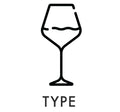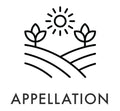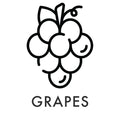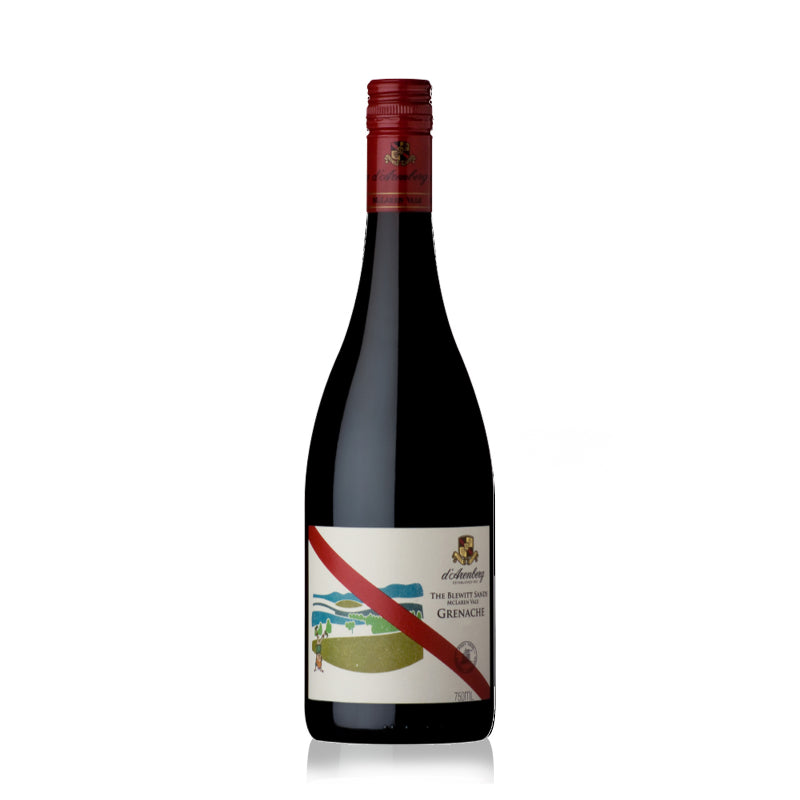D'Arenberg The Blewitt Sands Grenache 2010 750ml










Winemaker
The Sub Region
This part of McLaren Vale was surveyed by William Greig Evans who noted the many natural springs. He named the place in honour of his wife, whose maiden name was Blewitt. The boundaries of Blewitt Springs sub region are defined by the underlying geology, the majority of which is 34 to 56 million year-old North Maslin and South Maslin Sand. The geological description is cross-bedded medium and coarse grained sand.
Within the wider McLaren Vale region, Blewitt Springs is located in the north eastern corner with altitudes in some vineyards of 200m above sea level. It is therefore one of the coolest of the sub regions and receives adequate rainfall. The cool temperatures and free draining sands produce wines with elegance and floral characteristics. This sub region was popular with early settlers to the region and contains many of McLaren Vale?s old bush vine vineyards. It is also typically the last area to be picked, sometimes up to a month after the Beautiful View region. The Ironstone Pressings GSM receives many parcels from this sub region providing elegance and fragrance.
The Vintage
Sufficient winter rains set up the vines well with good canopies. December and most of January were very cool with only three days above 30 C until late in the month. There was a string of days above 40?C in late January, Grenache vines were going through veraison at this time and therefore had no negative impact. The mild weather that followed ensured that ripening was stress free and grapes showed good levels of natural acidity and balanced tannins. Grenache was clearly the stand out variety from this vintage.
The Winemaking
Walking the vineyard rows and tasting grapes, Chester Osborn classifies and determines the ideal picking time for each individual vineyard. Small batches are passed through a gentle open roller crusher with some berries remaining whole and then transferred to five-tonne headeddown open fermenters. These batches remain separate until final blending. Foot treading is undertaken two thirds of the way through fermentation. When tannin extraction is just right the wine is basket pressed and transferred to a mixture of used French and American oak barriques to complete primary and secondary fermentation. The barrel ferments are aged on lees to keep the wine fresh while also reducing the oak influence. There is no racking until final blending and no fining or filtering. Chester and the winemaking team undertake an extensive
The Wine
The nose is vibrant and youthful displaying fruit characters of cherry, raspberry and rhubarb with spices and fresh flowers in the background. As the wine opens more layers emerge with traces of soil characters and more violets. The red fruit characters have intensity on the palate and are very focused with a great balance of ripeness and flavour development. There is an underlying game character and dried savoury herb nuances of sage and oregano build on the mid palate. The flowery, powder like tannins match the elegant nature of the wine wonderfully and provide a very unobtrusive, yet vital structure to the wine.
The natural acidity is a hallmark of Grenache from this sub region and certainly features in this wine. It evolves in the glass and provides more enjoyment with each sip. This wine will certainly benefit from careful cellaring for at least 15 years and will provide immense joy and interest along the way.

